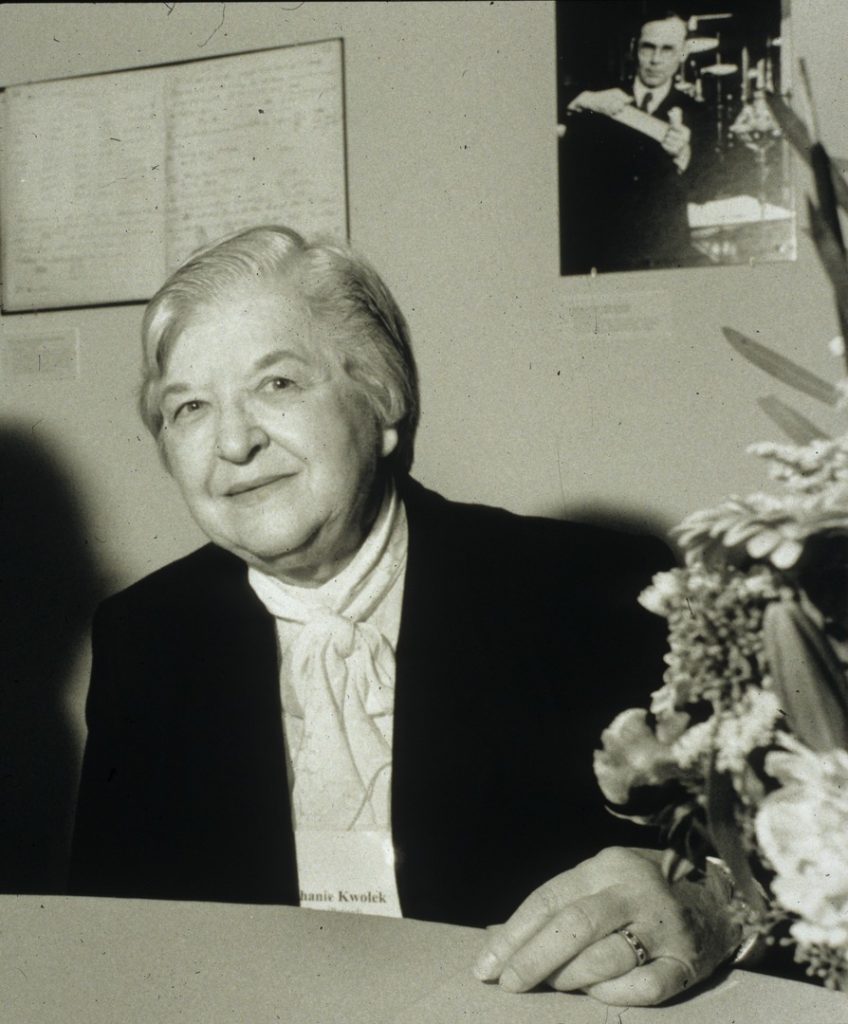
Women’s History Month is widely celebrated throughout the U.S. during the month of March, however this was not always the case. Women’s History Month has its roots in the first International Women’s Day, a one-day celebration held in 1911. Over time it steadily grew into a week-long event until1988, when it was officially designated a month-long observance by Congress. The goal of Women’s History Month is to recognize, commemorate and celebrate the many achievements of American women to American history – many of them previously unsung, unnoticed.
Celebrating Women’s History Month aligns with our core values at Mohawk Global. We care personally for each other, our clients, and our community, and believe every voice matters. This is why we feel it is so important to celebrate the voices of American Women and shine a well-deserved spotlight on their contributions to American history. As with many events during the Covid pandemic, we were unable to hold in-person celebrations, But that did not stop us.
Celebrating Despite Covid
We embarked on a digital awareness campaign on Yammer – our internal social channel – introducing and getting to know pioneering American Women each week. We researched many deserving historical figures, focusing on those who have not been widely recognized for their significant achievements, or who have been forgotten over time. Here are a few of our selections:
We honored and remembered American inventor Ms. Hedy Lamarr for her contributions to military and civilian technologies.
You may know Lamarr as the bombshell beauty star from the Golden Age of Hollywood. What you probably do not know is that she had a mathematical and curious mind – her brain was drawn to inventions. Lamarr loved to tinker and setup an invention room at her home. She was once quoted as saying, “I don’t have to work on ideas, they come naturally.”

(b. 1949-d. 2020)
As WWII raged on and ships loaded with children – being moved from England to Canada to escape the German bombing of London – were being torpedoed, Lamarr was horrified. She began thinking of ways she could help. Lamarr understood that radio-controlled torpedoes could be jammed and set off course. She came up with the idea of creating a non-trackable frequency-hopping signal (transmitting radio signals by rapidly changing the carrier frequency) but needed a way to implement it. A chance meeting at a dinner party led to a collaboration with composer George Antheil. Together they developed a device to implement the technology and were granted a U.S. patent for it in 1941. Lamarr’s invention was employed by the U.S. Navy during the Cuban Missile Crisis. It also became a key component of modern technologies such as GPS and Bluetooth® as we know and use them today.
We also honored and remembered American inventor Ms. Stephanie Kwolek for her contributions to military and law enforcement as well as countless consumer products we use every day.

Source: Science History Institute
(b. 1923-d. 2014)
Kwolek was born to immigrant parents who instilled in her a sense of creativity and curiosity. She earned a Bachelor of Science degree in Chemistry in 1946. Immediately upon graduation, Kwolek filled a temporary role with DuPont™ to earn money for medical school. She soon found that she loved the job. Kwolek had not anticipated that she could use her creativity in the field of chemistry. Kwolek stayed for 41 years!
In 1965, DuPont was anticipating a gasoline shortage and challenged Kwolek’s team to search for a lightweight, yet strong, rigid fiber that could replace steel in tires. The idea was that cars would be more fuel efficient. This research project found her working with polyamides (a synthetic polymer common in other materials like nylon). The polyamide solutions developed would typically be spun through a machine, creating various fibers. One particular batch did not have the typical clear, thick appearance expected. Rather it was milky and thin. Being the perfectionist she was, Kwolek put the milky batch into the spinner instead of throwing it out. The result is what DuPont called 1-4B, or Wonder Fiber. We know it more commonly today by its brand name Kevlar®. Kwolek was granted a patent for it in 1966.
As the key material in bullet proof vests and helmets, Kevlar has saved thousands of lives and will save thousands more in the future. We also find its application in various industries that include boating, aircraft, fashion, and fiber optic.
Our Mohawk family learned so much about these and other pioneering women during this celebration and surely have a new-found appreciation for things in our everyday life, such as life-saving body armor, GPS, Bluetooth®, and staying on course with GPS.

